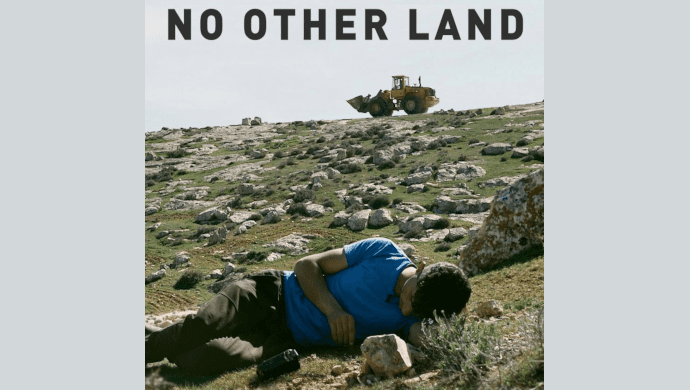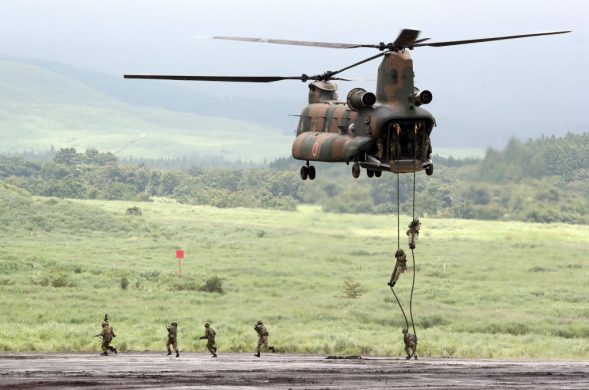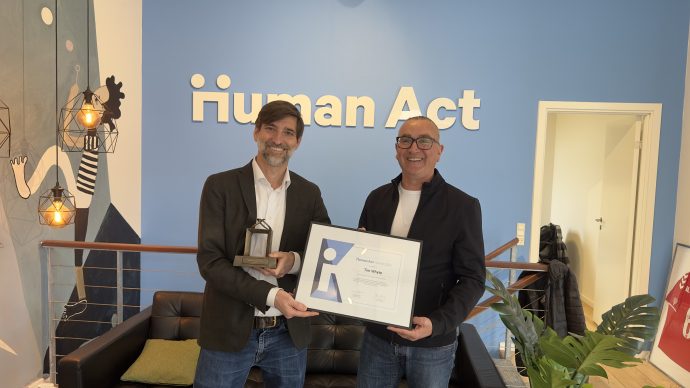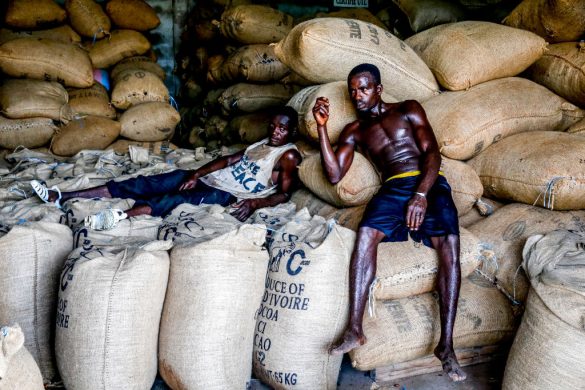Støtten til den militært- og lov-og-orden-orienterede narkobekæmpelse, som bl.a. USA har stået for, svinder. Der er en voksende erkendelse af de store menneskelige og samfundsmæssige omkostninger, som den såkaldte krig mod narkotika har medført.
NEW YORK, 9 May 2014 (IRIN): With waning enthusiasm from the USA for the costly and failed war on drugs, experts detect a seismic shift under way at the global policy level.
This has been characterized by intense lobbying, spearheaded by some Latin American and European countries, and anti-drug war policy groups, pushing for the adoption of a new global drug policy in the run-up to the UN General Assembly Special Session (UNGASS) in 2016, where member countries will debate the issue.
With the US fatigued by the clogging of its jails with drug users and petty dealers, and some of its states now pursuing their own experimental approach to the decriminalization of marijuana, those nations still intent on hardline approaches may struggle to muster broad support for their cause – particularly given the escalating clamour for a new global policy that allows countries more flexibility in pursuing their own approaches, including one that emphasizes public health over prohibition and interdiction strategies.
The latest push for a policy rethink is a wide-ranging report, Ending the Drug Wars, released this week by the London School of Economics’s International Drug Policy Project and the Open Society Foundations. Endorsed by five Nobel-prize winning economists, the report is to be used by the Guatemalan government in international negotiations on drug policy.
Ending the Drug Wars calls for new drug strategies that are grounded in scientific evidence rather than moral argument.
Using the economic language of cost-benefit analysis, the report examines the massive fall-out of prohibition and interdiction efforts on drug supplier and transit countries – in Latin America, Asia and Africa – and some of the benefits of public health-oriented “harm reduction” approaches against drug users, as opposed to arrest and detention measures.
It is full of nuanced and sometimes contradictory findings – proof perhaps, that not only are there no easy answers but that there can be no “one size fits all” solution to the vexed question of drug policy.
John Collins, who edited the report, says there has been an avalanche of information on the disastrous consequences of the war on drugs – from violent drug wars, to mass incarceration, to displaced peoples, to rising rates of HIV infection – but that the time has come for individual countries to conduct their own experimentation and research on what works and what does not.
Læs mere om konsekvenserne af ”krigen mod narkotika” i artiklen Drug policy shift no relief for victims of the war på IRIN News.
“There is pretty broad agreement among many countries that the war on drugs is based on the fundamentally flawed assumption that by attacking supply you can attack demand, when in fact all you are doing is inflating drug prices,” he says.
Interdiction efforts have led to shocks in the drug market flow, which have made drug prices rocket and drug wars escalate, as contraband like cocaine and heroin have become ever-more valuable commodities for drug lords and traffickers to fight over.
One study in the report looks at the “balloon effect”, which argues that interdicting and eradicating drug supply in one country merely pushes the problem into the lap of another.
Læs mere om ”ballon effect” i artiklen Balloons and sausages – understanding the global drugs trade på IRIN News.
The author of a chapter in the report entitled The Mobility of Drug Trafficking, Peter Reuter, argues that the crackdown by the Dutch on traffickers at Schiphol Airport in the early 2000s may have led cartels to find new routes through West Africa to Europe, for example.
But Reuter cautions that while the balloon effect is a “compelling metaphor” that contains “at least a grain of truth” there are plenty of other examples where crackdowns have not led to obvious shifts in new areas.
He bemoans the lack of evidence “in the absence of interviews with traffickers”. Certainly a lack of hard evidence is one of the biggest problems that plague those trying to conduct scientific research on the multi-billion dollar illicit drug industry.
But Collins believes that we are nevertheless “starting to see scientific policy taking the lead” over ideology in drug debates.
Push back by Latin American governments
While statistics on the illegal drug trade remain elusive, what is easier to quantify is the enormous human and social costs of the drug wars on producer and transit countries like Colombia, Mexico, Guatemala, and El Salvador, prompting many Latin American leaders to become increasingly outspoken against prohibitionist policies.
In their chapter, Why is Strict Prohibition Collapsing? Daniel Mejia and Pascual Restrepo argue that the push back by Latin American governments is because the high cost of trying to reduce the supply of drugs – violence, corruption and destabilized institutions – far outweighs the benefits of $400-500-million per year in aid that these nations receive from the US and other countries for their efforts against the traffickers and cartels.
Producer and transit countries are no longer willing to “mortgage their national security interests” to this end, they argue.
Others make the point that it is all very well to push for new policies that decriminalize users and treat drug addiction as a health problem rather than a crime, and that seek to tackle the demand side of the equation, but for countries like Colombia and Mexico, severely destabilized by the drug wars, it will take much more than progressive health policy to address the erosion of law and order, corruption, criminal gangs and traffickers, and deluge of displaced people that are now the defining legacies of the war on drugs.
And even if prohibition on hard drugs is eased, illicit networks strengthened by the lucrative drug trade will not simply disappear – even if their most valuable commodities like heroin and cocaine are no longer so valuable.
Organized criminals in today’s globalized illicit economy show remarkable flexibility in their ability to switch to alternative lucrative markets such as trafficking in humans, raw materials, endangered animals, and the like.
In Michoacan, Mexico, The Knights Templar gang has diversified into the lime business, using violence to take control of legitimate exporters, for example.
The vigilante groups which have emerged to fight the cartel in the absence of effective government responses, point to another ominous spin-off from the drug wars: the emergence of paramilitary groups which can soon themselves deviate into the field of illicit trafficking, as happened with the United Self-Defense Forces of Colombia (AUC).
But Mejia argues that easing prohibition on drugs will at least start to address the problem: “Yes, there will be some substitution towards other illegal activities, he said, “but if prohibition was abandoned, the huge economic rents that these criminal organizations obtain will be significantly reduced.”
“Prohibition has made drugs astronomically more valuable”
Læs resten af artiklen på IRIN News.
Download rapporten Ending the war on drugs.















